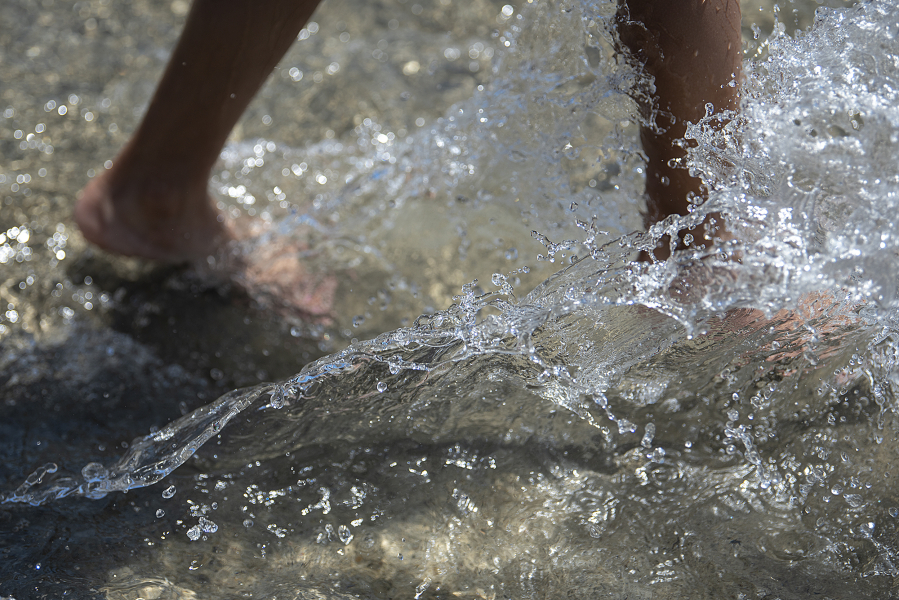Regional weather forecasts show that Mother’s Day weekend will be the hottest so far this year, with temperatures as much as 25 degrees above normal, said Hannah Chandler-Cooley, meteorologist at the National Weather Service in Portland.
Southwest Washington and Northwest Oregon, which average around 68 degrees this time of the year, could reach into the 90s Saturday through Monday.
That’s not all. The National Oceanic and Atmospheric Administration’s Climate Prediction Center projects that the Pacific Northwest’s above-normal temperatures could linger through July.
Despite this blitz of hot air and blasting sun, climate models indicate drought areas — which notoriously dotted the region in recent years — are improving this season, officials said during a National Integrated Drought Information System webinar on Tuesday.
David Dewitt, Climate Prediction Center director, said the number and severity of droughts will be decreasing across the Pacific Northwest through July, as well as in other previously impacted regions across the United States.
The frequency of droughts that require community water restrictions or cause lasting damage to crops — otherwise known as those defined as severe, extreme and exceptional — is near its lowest point since July 2020.
Droughts will persist in some pockets throughout the region, notably in Eastern Oregon, northern Idaho, central Utah, southern Nevada and eastern Colorado and New Mexico.
Last fall, more than 90 percent of the West was in some stage of drought, according to the U.S. Drought Monitor.
Joseph Casola, National Centers for Environmental Information regional climate services director, said half of affected regions have since recovered, with only about 1 percent experiencing extreme drought.
“There’s been substantial improvement in drought conditions across the West,” Casola said.
This improvement is the result of above-average wet, cold and snowpack conditions. Washington — which was abnormally dry during the water season — is the exception.
When compared with data going back to 1991, the Pacific Northwest’s below-normal temperatures made it the 33rd coldest winter dating to 1895.
As the summer begins to heat up, Chandler-Cooley cautioned that those who intend on spending long periods outside should stay hydrated, take breaks from the heat and be watchful when dipping in cold, fast-running streams and rivers.
“(Temperatures are) well out of the norm for this (time of the) year and, because we’re not acclimated to it, we’re urging people to be cautious outdoors,” she said.





